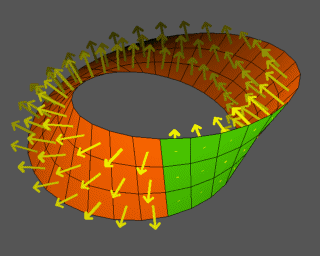|
Reference
Deductive reasoning, also deductive logic, is the process of reasoning from one or more statements (premises) to reach a logical conclusion.[1]
Deductive reasoning goes in the same direction as that of the conditionals, and links premises with conclusions. If all premises are true, the terms are clear, and the rules of deductive logic are followed, then the conclusion reached is necessarily true.
Deductive reasoning ("top-down logic") contrasts with inductive reasoning ("bottom-up logic"): in deductive reasoning, a conclusion is reached reductively by applying general rules which hold over the entirety of a closed domain of discourse, narrowing the range under consideration until only the conclusion(s) remains.
In deductive reasoning there is no epistemic uncertainty. In inductive reasoning, the conclusion is reached by generalizing or extrapolating from specific cases to general rules resulting in a conclusion that has epistemic uncertainty.
The inductive reasoning is not the same as induction used in mathematical proofs – mathematical induction is actually a form of deductive reasoning.
Deductive reasoning differs from abductive reasoning by the direction of the reasoning relative to the conditionals. The idea of "deduction" popularized in Sherlock Holmes stories is technically abduction, rather than deductive reasoning. Deductive reasoning goes in the same direction as that of the conditionals, whereas abductive reasoning goes in the direction contrary to that of the conditionals.
https://en.wikipedia.org/wiki/Deductive_reasoning
|







